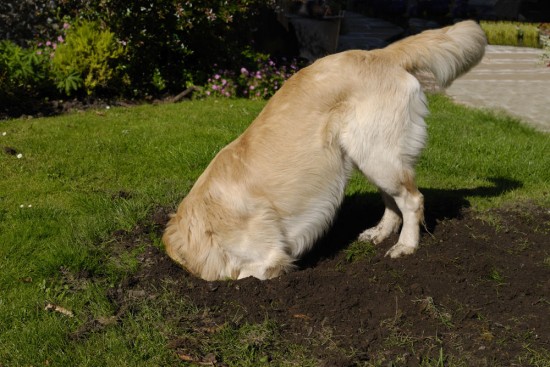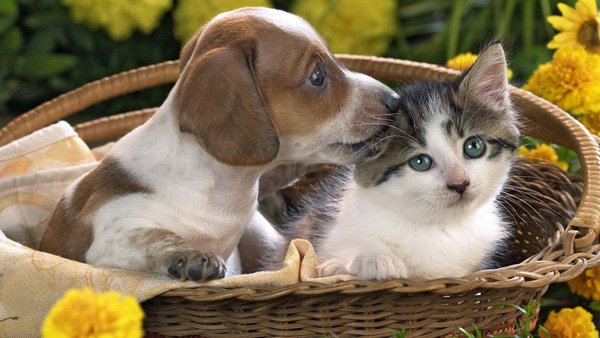
Before purchasing a herd of meat goats the beginner needs to learn about goats, choose breeds to work with, and make sure one has adequate facilities for meat goat production. If one has not raised meat goats before, one can learn about them from others who have. One can learn from other producers by visiting with them at their farms or at shows, seminars, and other meat goat events. Today good information on meat goats is also available on the Internet.
One needs to decide what type of meat goats and what breeds of meat goats to start with. Decide whether to raise registered breeding stock or non-registered commercial meat goats. Then decide which breeds and/or crossbreds one would like to raise. Descriptions and histories of all of the breeds, available in the United States, can be found on our website under "Meat Goat Breeds." In cattle and sheep, producers have been able to achieve some hybrid vigor by crossing different breeds. Most of the breeds of meat goats available in the United States are composite breeds of very recent origin. They have very diverse genetics and do not breed true for most traits. Composite breeds are breeds developed by crossing several diverse types of goats. Very little line breeding has been done within any of these breeds. I seriously doubt whether much hybrid vigor could be achieved by crossing them. Genetic differences for important economic traits within these breeds are far greater than the differences between the breeds. One will usually do best with the breeds that that appeal to one most.
The next thing to do before purchasing any meat goats is to inventory resources available to determine how many goats one can start with. These resources include pastures, fences, and shelters. How much pasture is needed? This depends on climate, type of soil, fertility of the soil, type of vegetation on the land, and the steepness of the ground (steep ground doesn't hold moisture as well as flat ground.) An area of trees and brush that has recently been cut will put out a lot of sprouts for a few years utilizing energy stored in the roots, but sprouts have a very short growing season, late spring to early fall in northern Arkansas. While spouts make good summer pasture for goats, one needs to have cool season grasses and legumes to get the goats through late fall, winter, and early spring.
The biggest mistake one can make, when purchasing a herd of meat goats, is buying too many goats. It is always best to under stock so one does not have to purchase much feed. When pastures are under stocked one has fewer problems with internal parasites (mainly stomach worms.) Goats are more susceptible to internal parasites than other types of livestock. Start with just a few goats and gradually increase the size of the herd as pastures are improved.
It is best to purchase foundation stock directly from the breeder who produced them and to buy them at his farm. Avoid purchasing at livestock sale barns because this is where breeders get rid of their animals that won't breed or produce kids. When buying an animal at a sale barn one usually has no way of knowing which herd the animal came from or why it is being sold. If one purchases them at the farm, one can see how they were raised. Purchase animals that are raised on pasture with little extra feed. Meat goats need to be raised on pasture to be profitable.
From an economic perspective the most important traits in meat goats are hardiness, fertility, mothering ability, and resistance to internal parasites. Unfortunately these traits are difficult to measure, just looking at the goats. They cannot be measured in a show ring either. Perhaps performance testing under pasture conditions might be the answer, but be careful because goats that do well on pastures in the dryer climates of western regions of the United States might not do well further east where more humid conditions would cause greater parasite problems.
Bucks are the most important purchase that meat goat producers make. Bucks account for fifty percent of the genetics of their kids. One mature buck can usually handle about fifty does. So it pays to invest in top quality bucks.
Ken Ziemer, author, has a bachelor's degree in agriculture. He started raising goats in 1962. His wife Candy was raised on a dairy goat farm and has worked with goats all her life. They have farmed and raised goats in Arkansas since 1967. They breed Boer meat goats. For more information on the breeds of meat goats check out Critter Ridge Hardy Boer Meat Goats.
Ken Ziemer, author, has a bachelor's degree in agriculture. He started raising goats in 1962. His wife Candy has worked with goats all her life. They have farmed and raised goats in Arkansas since 1967. They breed Boer meat goats. For more information on meat goats see http://www.critterridge.net.
 Dogs And Digging
Dogs And Digging
Dogs And Digging
Dogs And Digging
 Things to Keep in Mind before Taking your Dog to a Dog Boarding Facility
Things to Keep in Mind before Taking your Dog to a Dog Boa
Things to Keep in Mind before Taking your Dog to a Dog Boarding Facility
Things to Keep in Mind before Taking your Dog to a Dog Boa
 Good Sports And Activities For Siberian Husky Dogs
Good Sports And A
Good Sports And Activities For Siberian Husky Dogs
Good Sports And A
 Signs That Your Dog Needs To Be Seen At an Animal Hospital
Signs That Your Dog Needs To Be Seen At an Animal Hospital
Signs That Your Dog Needs To Be Seen At an Animal Hospital
Signs That Your Dog Needs To Be Seen At an Animal Hospital
 Where To Take Your Puppy Or Young Dog To Socialise Them
Where To Take You
Where To Take Your Puppy Or Young Dog To Socialise Them
Where To Take You
Copyright © 2005-2016 Pet Information All Rights Reserved
Contact us: www162date@outlook.com